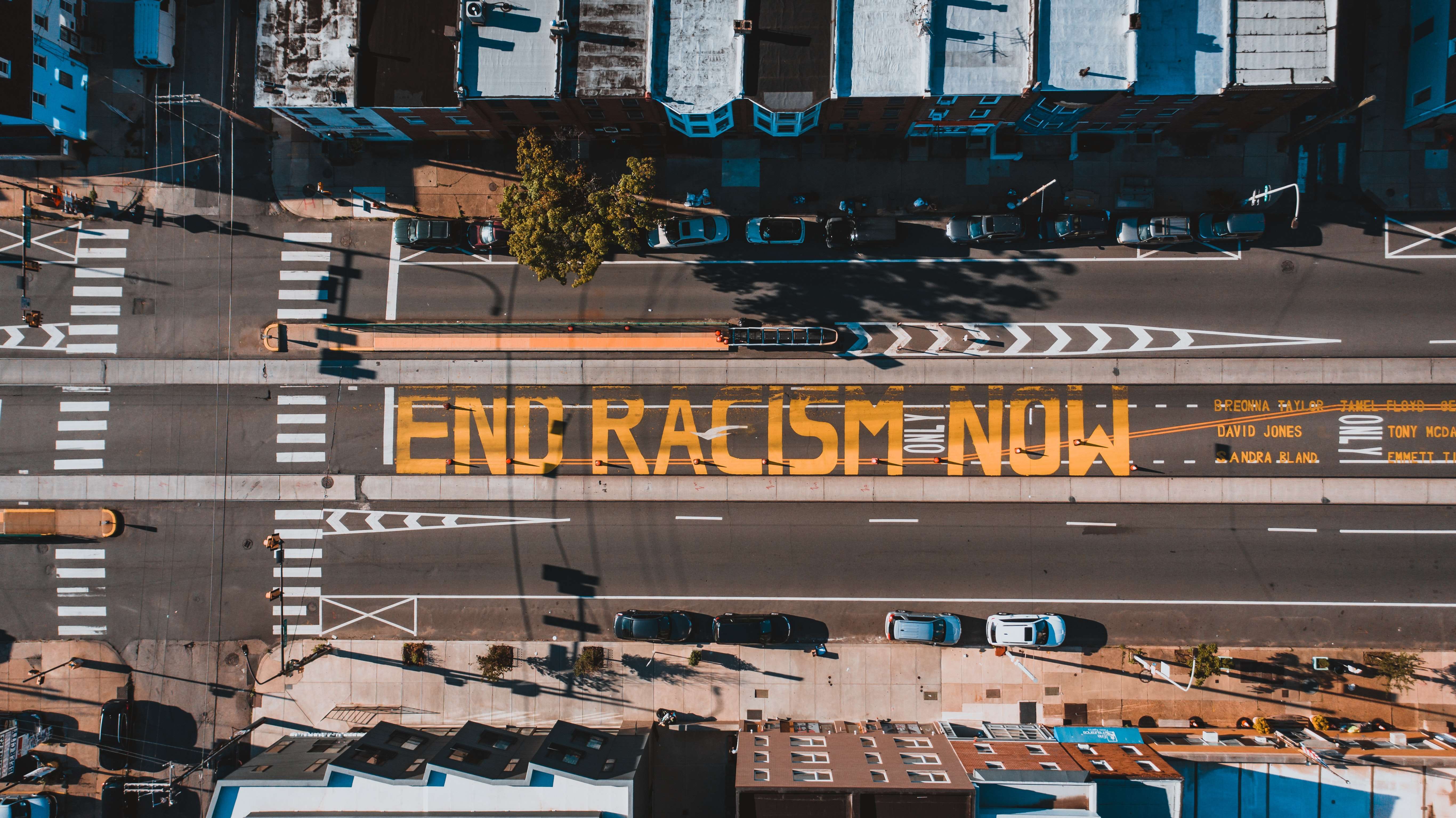
On September 21 we celebrate the annual International Day of Peace, a UN observance day that calls on all of us to strengthen peace and end violence. This year, the day recognizes the role that racism plays in stoking conflict and sowing instability. Elisabeth Dallas, DT Global’s Vice President for Conflict Prevention, Stabilization & Transition is marking the day through a call to action: Celebrate International Day of Peace by promoting an end to racism at home in your communities.
On this day each year, we reflect on the work that has been accomplished across the globe to promote peaceful and inclusive societies, along with the increased access to security and justice that supports sustainable development for all. While it is important to take a moment and appreciate all that we have accomplished through our conflict prevention, stabilization, and peacebuilding programs, this year, I challenge us to also consider what each of us can do to promote peace locally and work toward an end to racism.
None of the countries in which DT Global has home offices—Australia, Spain, the UK, and the US—are immune to racism and to the dynamics that enable conflict to turn violent. Here in the US, we witness the same systemic racism, wealth inequalities, and institutional failures that all too often drive violence and instability in other countries. In Australia, we see the struggles for the rights of Aboriginals and indigenous people. In Europe and the UK, we see the marginalization and alienation of refugees and migrants along with legacies of colonialism. More must be done to address these inequalities, and for that to occur we must take on a more introspective approach, identifying what each of us can do to build peace in our communities. This is a call to action.
The theme of this year’s International Day of Peace is End Racism. Build Peace. The day is being celebrated in the midst of an increasingly polarized American political landscape. COVID-19 shone a spotlight on the highly unequal access to health services and income inequality which was used to pit communities against one another. It exacerbated grievances that were heightened in the wake of the George Floyd killing and during the worst economic crisis the United States has seen since the Great Depression in 1929. End Racism. Build Peace is a call for all of us to, through collective action in our communities, define what peace looks like and take concrete action to lay the groundwork for it.
For those of us working in international development, we have all seen the devastation caused by war. Violent conflict is essentially development in reverse, as it takes at least a generation for societies to recover from war. Building and sustaining peace is a shared task that reaffirms our commitment—and responsibility—as development actors to design strategies and activities that emphasize inclusivity, social justice, and the rejection of violence as the preferred means to an end.
This year, I challenge each of us to identify what we can do to make this a safer, more prosperous world where those who are discriminated against, marginalized, targeted, or excluded can benefit and thrive—not just in the countries we work, but right here at home. Are there opportunities within your community to build peace between groups in conflict? How can we promote inclusion and gender equality so all can benefit? We have the ingenuity, knowledge, and the tools to facilitate peace and end racism; we just need to seize the opportunities, take appropriate actions, and unlock the potential of the next generation to make a difference right in their own community.